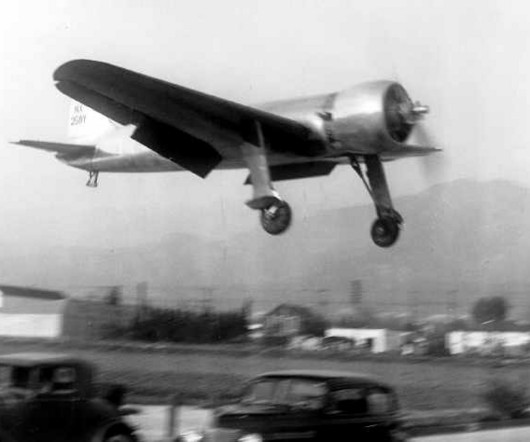The Hughes H-1 Racer: Howard Hughes’ Silver Bullet
Vintage Aviation News
JUNE 18, 2025
Palmer and his team created wooden models of various airfoils, engine cowlings, and tail surfaces in a rented garage before bringing them to Caltech in Pasadena, where they utilized the school’s wind tunnel to test the designs until they were satisfied with the results. Army Air Corps’ newest and fastest fighter.











Let's personalize your content